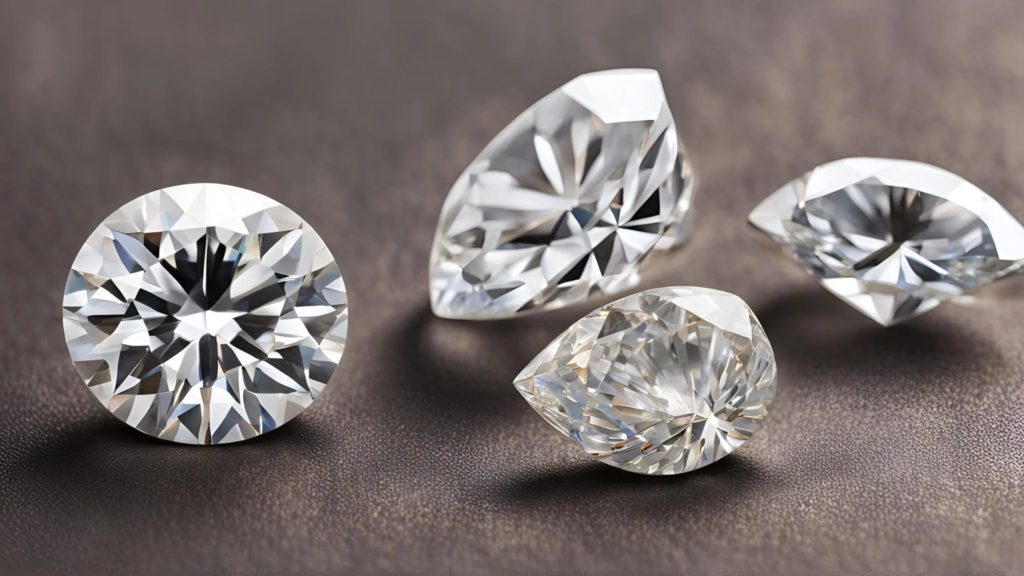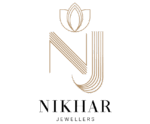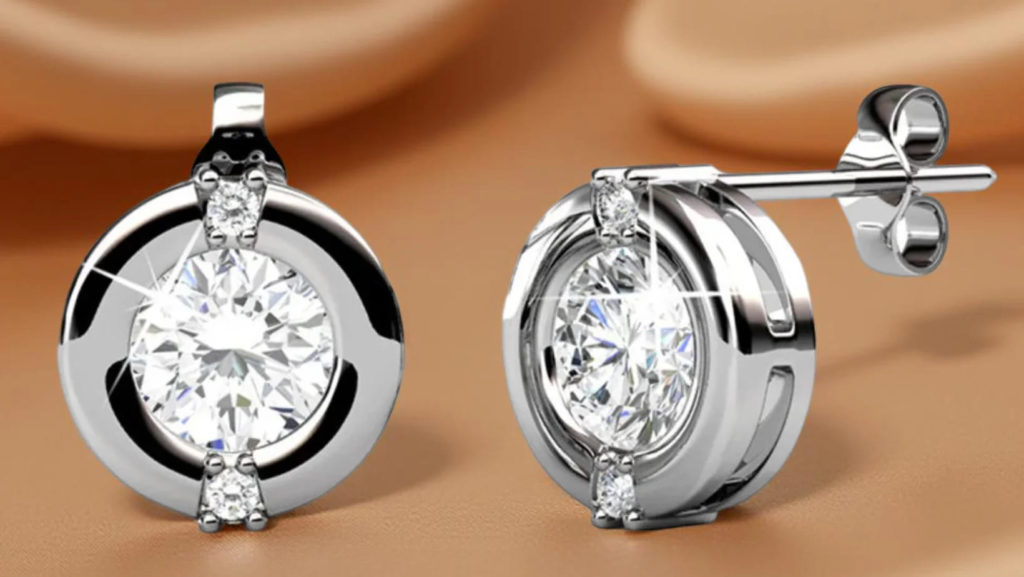Diamonds have captivated humanity for centuries, not only for their rarity but for their mesmerizing sparkle. This characteristic brilliance sets diamonds apart from other gemstones, making them the ultimate symbol of luxury and love. But what exactly causes a diamond to dazzle? The answer lies in a combination of physics, cutting precision, and material purity. By understanding how light interacts with a diamond’s facets, and how factors like cut, clarity, and polish influence this interaction, you’ll learn why some diamonds shine brighter than others—and how to choose one that truly sparkles.
How Light Behaves Inside a Diamond
At its core, a diamond’s sparkle depends on the way it handles light. When a beam of white light enters a diamond, three optical phenomena take place: reflection, refraction, and dispersion. Each contributes to the overall brilliance and fire that make diamonds so captivating.
Reflection: The First Glimpse of Brilliance
Reflection occurs when light bounces off the diamond’s polished surface. The more perfectly flat and symmetrical the surface (or facet), the stronger and more consistent the reflection. This mirror-like quality gives diamonds their initial flash of brightness when viewed from above.
Refraction: Splitting and Bending Light
Diamonds have a very high refractive index (about 2.42), meaning they bend light significantly as it passes through. When light enters through the table (the large, topmost facet), it slows and changes direction. If the cut angles are ideal, most of this light will reflect internally off the pavilion facets (the lower angled facets) and exit back through the crown (the upper angled facets). This controlled path maximizes internal return and creates intense sparkle.
Dispersion: Unlocking Diamond “Fire”
Dispersion, often called “fire,” is the splitting of white light into its spectral colors. Because a diamond’s refractive index varies slightly with wavelength, blue, red, and yellow light exit at different angles, creating those rainbow flashes you see in movement. Higher dispersion values produce stronger fire, intensifying the visual spectacle.
Cut Quality: The Heart of Sparkle

While the diamond’s physical properties allow light manipulation, it’s the cutter’s craftsmanship that determines how well those properties are leveraged. Cut quality is widely regarded as the single most important factor in a diamond’s sparkle.
Proportions and Angles
Ideal cut diamonds adhere to precise proportions. The depth and table percentages, crown and pavilion angles, and girdle thickness all work in concert. For instance, a pavilion angle of around 40–41 degrees ensures light reflects internally rather than leaking out the bottom, maximizing brilliance.
Facet Symmetry and Alignment
Beyond proportions, symmetry matters. Facets must be perfectly aligned so that light reflects uniformly. Misaligned or uneven facets create light leakage, where rays escape through the sides or bottom, resulting in dull areas or “dark zones” visible to the naked eye.
Polish: Surface Smoothness
Even a perfectly proportioned diamond can lose sparkle if its facets aren’t well polished. Polish refers to the smoothness of each facet’s surface. A high polish grade means minimal microscopic scratches or etching, allowing light to glide uninterrupted across the diamond’s surfaces for optimum reflection and refraction.
Clarity and Color: Influencing Sparkle Subtly
While cut quality dominates brilliance, clarity and color also play roles—albeit more subtly. Clarity pertains to internal inclusions and surface blemishes, while color refers to the presence of trace elements that tint a diamond away from pure colorlessness.
Clarity: Avoiding Light Obstructions
Inclusions such as clouds, feathers, or crystals can scatter light internally, while surface blemishes like abrasions may slightly disrupt reflections. Most inclusions are tiny enough to be invisible without magnification, but large or centrally located inclusions can create a “window” effect where light passes directly through rather than reflecting, reducing brightness.
Color: The Quest for Whiteness
Diamonds are graded from D (colorless) to Z (light yellow or brown). Colorless diamonds allow pure white light to pass and reflects back without warm undertones. Near-colorless grades (G–J) still appear bright to the naked eye and provide better value, as slight warmth doesn’t significantly diminish sparkle.
Enhancing Sparkle Through Setting and Surroundings
No matter how well cut a diamond is, its environment influences perceived sparkle. The right setting and lighting can amplify brilliance and fire.
Choosing a Complementary Setting
Prong settings elevate diamonds, allowing more light to enter from all sides. In contrast, bezel settings—where metal surrounds the diamond—may block light from the girdle, softening sparkle. For maximum brilliance, opt for minimal metal coverage and thinner prongs.
The Power of Lighting
Diamonds shine best under broad-spectrum light that simulates daylight. Natural sunlight, LED bulbs with high color-rendering index (CRI), and standard fluorescent lights all reveal different aspects of sparkle. Retail displays often use a combination to showcase brilliance, fire, and scintillation in full force.
Scintillation: Sparkle in Motion
When you move a diamond, you see a dynamic play of light and dark flashes known as scintillation. This contrasts against the steady brilliance and spectral fire, giving diamonds their lively “dance” of sparkle.
The Role of Facet Design
Brilliant cuts—both round and fancy shapes—leverage numerous small facets to create myriad light reflections visible in motion. Cushion, oval, and princess cuts each have unique facet patterns that produce distinctive scintillation effects.
Balancing Brilliance and Fire
Facet arrangement dictates the balance between white light and colored fire. Larger facets tend to emphasize brilliance, while smaller facets heighten fire. Knowing your preference—whether you want intense white flash or colorful fireworks—helps you choose the ideal cut.
Read Also : How to Wear Statement Jewellery: Top Styling Tips
Conclusion
A diamond’s sparkle is the sum of its physical properties and masterful cutting. High refractive index and dispersion enable light to reflect, refract, and split into vibrant colors, while precise proportions, symmetry, and polish ensure minimal light leakage. Clarity and color grades subtly influence brightness, and settings plus lighting conditions can enhance or diminish the fire and brilliance you see. By understanding the science behind diamond sparkle, you can confidently select a stone that truly shines—ensuring your purchase dazzles for a lifetime.

